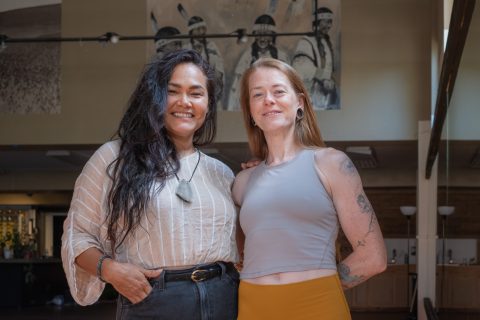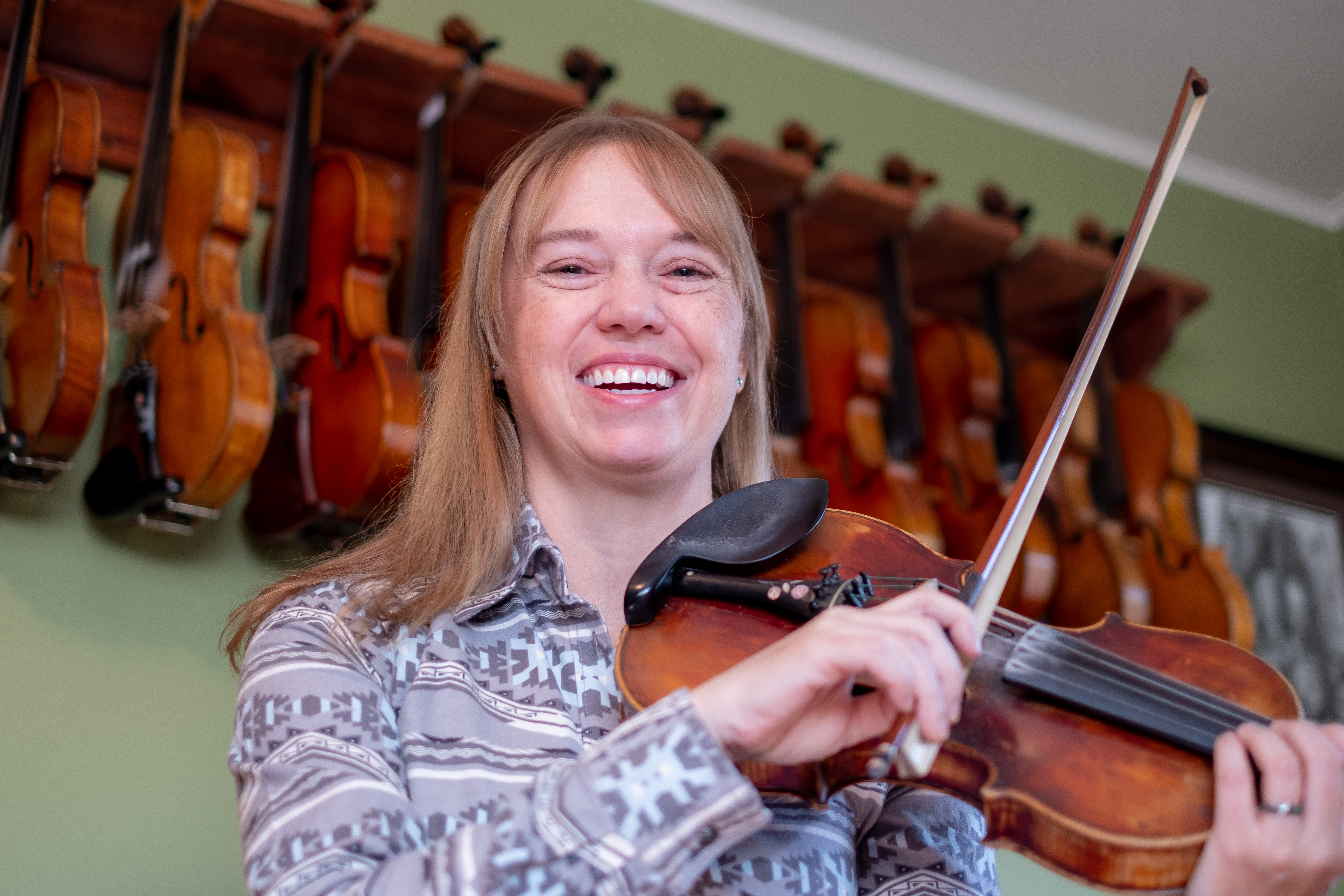Families taking divergent paths to online learning
Published 7:00 am Saturday, January 9, 2021

- Reagan and Barret Stanek attend school through the Oregon Charter Academy from their Hermiston home on Friday, Jan. 8, 2021.
UMATILLA COUNTY — At the beginning of the 2020-21 school year, parents in Eastern Oregon were faced with a difficult decision about their children’s schooling.
Some opted to give “comprehensive distance learning” a try, setting their child up to be taught remotely by teachers in the local school district in the hopes they would transition into a physical classroom with them later in the year. Others chose to go with the InterMountain Education Service District’s virtual academy, or statewide online charter schools, or homeschooling.
Trending
Stacy Stanek, of Hermiston, ended up deciding to enroll her two middle school-aged children in Oregon Charter Academy, one of the statewide K-12 virtual schools that existed long before the pandemic. She said making the transition from a traditional public schooling experience to online learning has taken some getting used to, but overall she is happy with what the charter school offers.
“They’re trying to relearn how to learn,” she said of her kids. “It’s been difficult, but I’ve been pleased with the time they’ve spent and the things they’ve done.”
Reagan Stanek, 14, and Barrett Stanek, 12, recently joined other Oregon Charter Academy students across the state in a call with Dr. Shannon Walker, an astronaut living on the International Space Station. Through the help of an amateur radio operator in Australia, students asked Walker questions about life in space.
“It’s a really cool opportunity, and not everyone gets to do it,” said Reagan, who is a member of the school’s NASA club. “Without the pandemic and everything going on this year we wouldn’t have gotten to do it, so it worked out.”
About 600 students in Eastern Oregon have enrolled in the InterMountain Education Service District’s brand new Virtual Learning Academy.
The academy offers a sort of middle ground between statewide charter schools and the classes local districts are conducting over video under the banner of “comprehensive distance learning.” Students in the Virtual Learning Academy will go online year-round, even as some districts start bringing students back to the classroom, and are learning from teachers throughout the ESD’s 18 member districts. But the difference between IMESD’s academy and charter schools is that students remain enrolled in their home district.
Trending
That compromise is a win-win for students and local districts, IMESD Superintendent Mark Mulvihill said. The state’s per-student allotment of money stays locally with the district, and the student has access to the resources of that district, including school counselors, sports, clubs, scholarships and more.
The virtual academy also gives students access to resources their home district doesn’t usually offer.
“It gives a district like Helix the ability to have classes like Spanish,” Mulvihill said. “They don’t have a Spanish teacher.”
At $8,800 per student in allotment from the state, and about 600 students in the Virtual Learning Academy, that represents more than $5.2 million staying locally that could have potentially been lost to options like homeschooling or Oregon Charter Academy.
Mulvihill said IMESD had been talking about creating a virtual academy for years, but the pandemic gave them the push they needed to make it happen. This year they capped the program at 600 students, but expect that as local schools reopen, future years will likely see lower participation levels.
Madeline Koenig, learning program and student success coordinator for the academy, said so far all 18 of IMESD’s member districts have at least one student enrolled in the academy.
“A lot of parents felt like it was going to be more of a viable option for them than comprehensive distance learning,” she said.
She noted that due to fluctuating state rules and COVID-19 numbers, some Eastern Oregon school districts have brought students into the classroom only to have to close down again later.
“I think some parents wanted to avoid that process, but still have a connection to their local district,” she said.
She said so far the feedback has been good overall, and some parents whose children previously attended other virtual charter schools have told her the coursework is more rigorous through IMESD. Elementary students have the same teacher all day, while older students learn from multiple teachers who have taken on IMESD classes in addition to teaching for local districts.
One of those parents, Stephanie Rovey, said she chose to have her five sons, in first through 10th grades this year, enroll in the IMESD’s virtual academy even though the charter school they attend in Cove was able to start school in person last fall.
Rovey said there were so many uncertainties at the start of the school year, committing to the Virtual Learning Academy seemed like it would provide more stability. Their family owns a farm, and they also felt having the kids attending school in person could increase risk for employees working harvest.
“We had an obligation to farm employees not to bring anything to them while they were harvesting for us,” she said.
She said the academy was a “great experience” for her family for fall semester, and they had no regrets about choosing it.
“They put forth a quality curriculum and the teachers were enthusiastic,” she said.
Hermiston School District is no longer part of IMESD, after the district decided in 2015 to opt out of the regional partnership. The district is offering its own virtual academy this year, known as Hermiston Online!, which offers families an online curriculum developed by third-party vendors.









